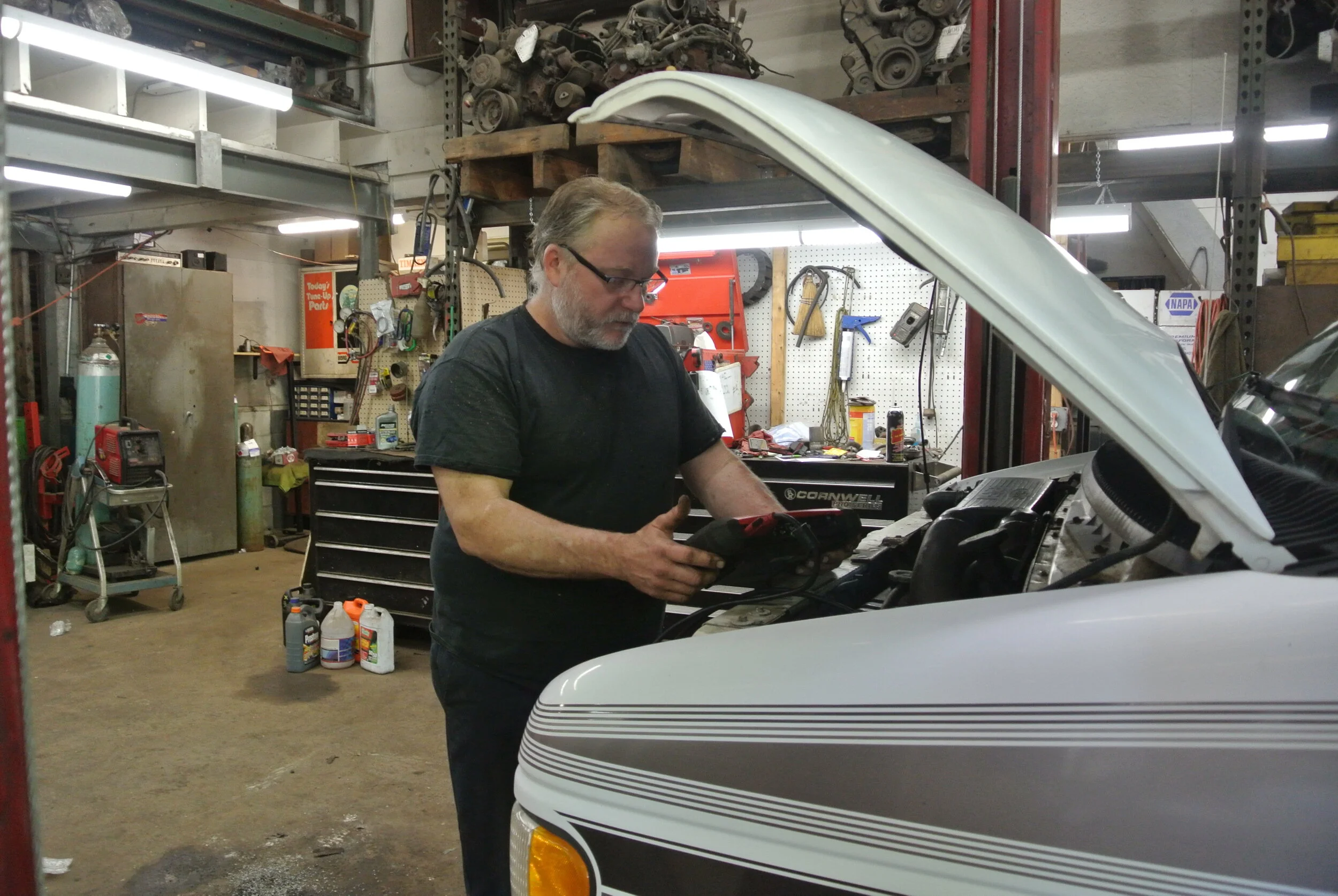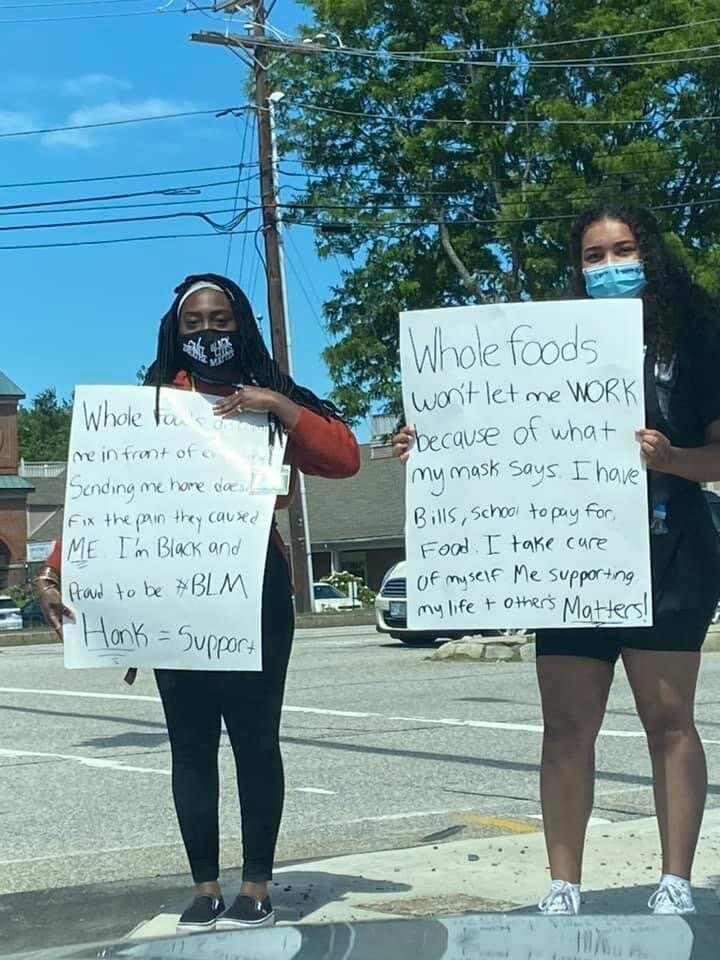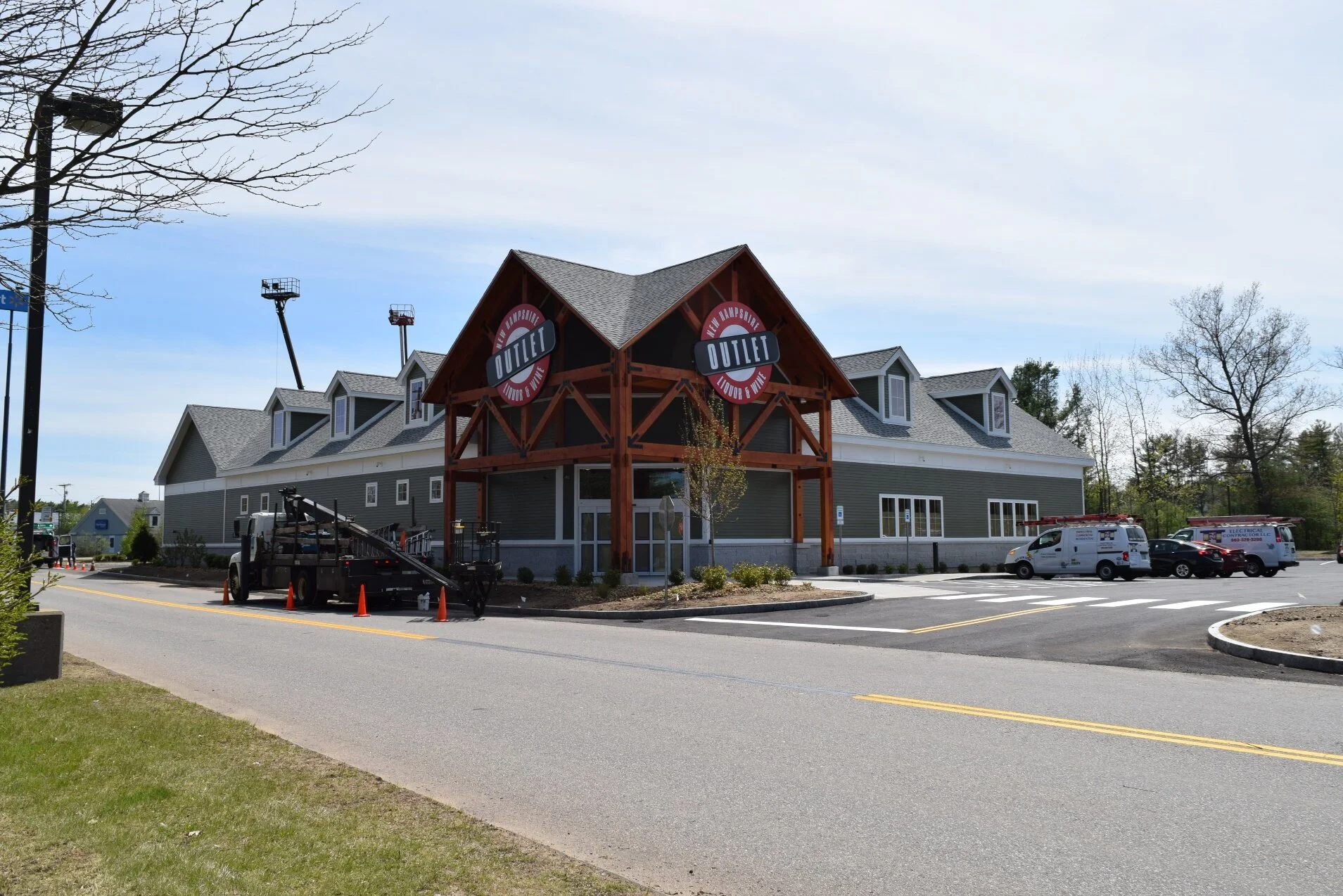Call it a mixed bag for the real estate market in April and May with the COVID-19 pandemic hitting into sales and the availability of homes for sale but the data showed an increase in the median selling price compared to the same period last year.
Sununu says budget cuts to mental health are ‘off the table’
Amid Safety Concerns, Community College Labs Reopen to Students
Is there an alternative to traditional policing?
Districts Focus On Feeding Kids Through School Vacation
Small Victories and the Class of 2020
Pandemic Impacts Sexual, Reproductive Healthcare in New Hampshire
Car registrations rev up in NH after pandemic lull
'This is What I am Trained to Do': PSU Nurses Graduate Early to Join Pandemic Frontlines
New Nursing Home Test Strategy Relies on Small North Carolina Laboratory
New Hampshire officials, intent on reducing death and illness among nursing home residents who have borne the brunt of the state's COVID-19 pandemic, have launched a testing program that relies on a small North Carolina company founded by young entrepreneurs with deep roots in that state's conservative establishment.
Whole Foods workers sent home for wearing Black Lives Matter masks
How NH residents will be able to vote from their couches in 2020
Uncertainty, Caution for New Hampshire Brides to Be
Florists See Consistent Demand, Despite Event Cancellations
Businesses Continue To Open Despite The Shutdown
At a time when most New Hampshire businesses were closed and Main Streets looked like ghost towns, Jonny Norris was preparing to open a new location. Norris, who owns Montshire Pediatric Dentistry in Keene, was in the midst of moving into a new location eight times the size of his original spot in Claremont.
‘Our kids are counting on us to keep us safe’: NH families under stress in pandemic
With the COVID-19 pandemic putting more stress on families than ever and removing common community safety nets for spotting child abuse and neglect such as schools and doctors' offices, children are more vulnerable to harm right now, according to Cathy Brittis, program manager for the Child Advocacy Center at Children’s Hospital at Dartmouth-Hitchcock.
Other States See Success with Permanent 'No Excuses' Voting, Could New Hampshire?
By Susan Geier
Granite State News Collaborative
The work of a state committee to determine how best to spend federal COVID relief money to make voting safe is likely to have broader implications on the state’s election system beyond November.
A recent decision from the state’s Attorney General allows anyone who has concerns about voting in person due to COVID-19 to vote by absentee ballot in this year’s elections. That includes registering to vote using the existing absentee registration process.
Members of the newly-created Select Committee on 2020 Emergency Election Support heard hours of testimony last month from people representing disability, labor, health care, business and civic groups. The committee must determine how to spend federal COVID-19 relief funds to ensure safe elections.
Many of those who spoke during the hearings support implementing “no-excuses” absentee ballot permanently.
In New Hampshire, it is possible to vote by mail if you cannot do so in person due to a physical disability, religious beliefs, military service, or temporary absence from the state. Voters have to request an absentee voter registration form from their town clerk.
“There is the immediate emergency need and then the big policy questions,” said Senator Tom Sherman (D-Rye), a member of the committee.“The immediate emergency is how do we make sure every eligible voter who wants to vote can do so safely? Would it have been nice if we have these mechanisms in place prior to this crisis? Absolutely.”
Rep. Katherine Rogers (D-Concord) has been pushing for the expansion of absentee ballots for years. Last year, she sponsored a bill that would allow anyone to vote by absentee ballot. Gov. Chris Sununu vetoed the bill in 2019, but Rogers introduced it again this year.
“I think I’ve done that four times in the past,” she said. “It opens up (voting) for everyone. A number of people find it difficult to vote in person. This isn’t any different than you just don’t have to have a concrete reason.”
No one checks the validity of the reason someone requests an absentee ballot, so to Rogers it makes sense to expand the program.
“I make the same argument every time, why not expand the right to vote?” she said. “I am not advocating that we mail a ballot out to every voter like California.”
About two-thirds of the states allow for no-excuses absentee ballots. Oregon, Washington, Colorado, Utah and Hawaii have full vote-by-mail systems, and many others are thinking of adopting some form of it now.
Oregon has allowed some version of vote by mail since the 1980s and has consistently high voter turnout. In the 2016 general election, 87.5% of eligible voters were registered, and of those 80.3% voted, according to the Oregon Secretary of State’s office.
In Oregon, voters receive an official ballot to complete and sign. The ballot is then inserted into a security envelope, according to the Oregon Secretary of State’s office. Voters either mail or drop the ballot off in any of the official drop boxes located across the state.
Oregon’s presidential primary took place May 19, and the big change for this year was the inclusion of prepaid postage, so voters no longer need a stamp to mail in their ballot, said Andrea Chiapella, legislative and communications director for the Secretary of State’s office.
In a recent interview with Portland’s KGW television station, former Oregon Secretary of State Phil Keisling said the mail-in tradition began back in the 1980s for local elections. In 1995, the first vote by mail in a statewide special election had a 66% turnout. Three years later, voters approved the use of voting by mail for all elections.
“I think the success comes from the fact that the voters implemented the policy; it is safe and convenient,” said Chiapella. “Ensuring the security of the election is something that is obviously a top priority, so making sure that our elections are as safe as they can help to combat misinformation that is out there.”
Sherman, who is also vice chair of the Senate’s Election Law and Municipal Affairs Committee here in New Hampshire, says the success of New Hampshire’s elections is a tribute to the work of long-time Secretary of State Bill Gardner. However, the pandemic has provided an opportunity to investigate how the system could improve.
“I think there are two different levels of issues,” Sherman said. “The issue of what long-term we can take forward as policy discussion to end up with a better election system, and what we need to do immediately in the face of COVID that every voter can vote safely.”
In the 2020 election, a safe way to run an election is to reduce in-person interaction, Sherman said, noting that voters in Conway successfully conducted a drive-through election this month. The new procedure not only accommodated voters’ safety, but also saved the town money.
Sherman said the committee is charged with making recommendations that consider the needs of those with disabilities and other vulnerable populations, as well recommendations to “clear the vestiges of a more onerous system.”
For example, Sherman said, you can put an absentee ballot in the mail. But if you or take it to the town clerk, you have to show identification and the clerk puts a sticker on it saying it’s voter-verified. If the voter refuses to show an identification, that’s ok: the ballot won’t have a sticker, but it will be accepted by the clerk and count as a valid vote.
There are other examples: Anyone can take the ballots of friends and family and mail them, but that same person could not walk in the town hall and drop the ballots off with the clerk unless they are a family member or are designed to deliver those ballots.
“Yet there is no difference in security,” Sherman said. “Our focus is on the election now, but future policy discussions should still take place.”
Like New Hampshire, many states are adapting and adjusting their election systems due to the pandemic. These efforts are monitored and often supported by the National Vote at Home Institute, a voting rights advocacy group that tracks and analyzes the election policies and systems in all 50 states, plus the District of Columbia.
“We anticipate major growth in demand for absentee ballots, so these policy innovations we’re seeing now establish the foundation for safe, secure, and accessible elections,” said Audrey Kline, Vote at Home’s policy director. “We do anticipate that some of these states may not renew or extend their temporary ‘no excuse’ requirements for absentee ballots.”
Kline noted that expanded voting options are popular with voters. About 25% of the U.S. electorate votes by mail, and that’s expected to rise to 50-75% this year, she said.
“It’s a massive shift in what people see as voting day.”
Those changes are likely to last, she said.
“I’ve never seen jurisdiction backslide. People enjoy it.”
The institute just released its 50-state analysis of existing vote at home state policies. It condensed a list of variables into 12 categories that the organization determined to be the foundation of a vote by mail system. New Hampshire was one of 21 states and the District of Columbia that scored two stars out of five in the analysis. The institute determined the state needs improvement in the areas of data integrity, signature verification processes, and cure processes.
Kline and her group are advocating to make it easier to vote, regardless of a person’s circumstance.
“Our organization’s goal is to eventually mail everyone in the country a ballot but that doesn’t mean you have to use it,” said Kline, who lives in Denver, Colorado. “I can still just walk down the street to the voting center and vote in person if I want.”
Kline said Colorado’s decision to allow vote at home in 2014 was about adding options.
“We never took away any option for voting,” she said. “You can still vote in person. You can register up until election day. Every mode is available to you, but we made it so easy that 95% of voters do it by mail.”
Colorado voters can track their ballots through the mail like a package, giving them peace of mind.
Kline said places like Utah and California started the vote by mail as an option county by county. Its primary was held on the cusp of the pandemic and demonstrated the differences between the counties that allowed vote by mail and those that didn’t, which resulted in long wait times. This November, every eligible voter in California will receive a ballot in the mail.
“It will save them a lot of money,” Kline said, adding that her organization calculates states save $2 to $5 per voter with vote by mail.
So, while New Hampshire has long taken pride in its large, in-person voter turnout, Sherman and his committee certainly heard there is support for increased access to absentee ballots and expanding the options for all eligible voters.
“It’s not about making a massive change or spending a lot of money,” Kline said. “It’s often from local officials getting creative. It’s how drop boxes got started here. The local clerks tried it and it worked. It can be a powerful force.”

















